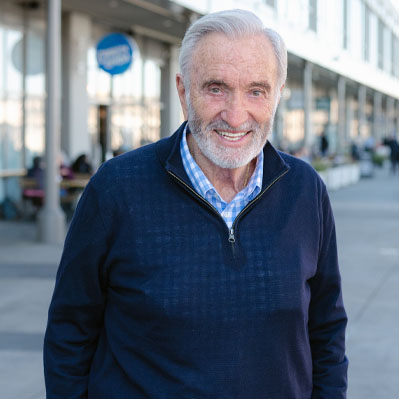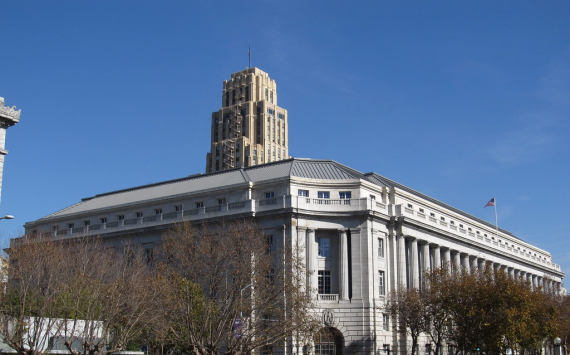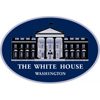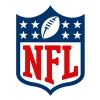
AGNOS
Arthur
American politician
Date of Birth: 1 September 1938
person_view.holiday: Building and Code Staff Appreciation Day
Age: 86 years old
Zodiac sign: Virgo
Profession: Politician
Biography
Arthur Christ Agnos is an American politician. He served as the 39th mayor of San Francisco, California from 1988 to 1992 and as the Regional Head of the United States Department of Housing and Urban Development from 1993 to 2001.
Mayor of San Francisco
In 1987, Agnos ran for mayor to replace Dianne Feinstein, who was term-limited. Agnos came from behind to defeat Supervisor John Molinari, garnering 70 percent of the vote. Agnos took San Francisco in a different direction, agreeing to a consent decree opposed by Feinstein that opened the way for hiring and promotion of African-Americans and women in the fire department. He changed the priorities for the Redevelopment Commission from creating economic and business opportunities to focus on housing, resulting in the largest increase in affordable housing in twenty years. He disbanded the police unit that had engaged in spying on demonstrations. He empowered the Commission on the Status of Women with subpoena powers and independence and named more minorities and lesbians and gay men to top city commissions and department directors than ever before. He was the first mayor to ride in the annual LGBT Freedom Parade. During his term, the city won top bond ratings, ended deficit spending, and endorsed comparable worth and domestic partners, including health insurance for city workers. Following the Loma Prieta earthquake in 1989, Agnos refused to move homeless people forced from shelters until new housing was available, which led to a nine-month presence in Civic Center, changing the earlier policy of simply moving homeless from one place to another. In 1991, Agnos lost his re-election bid to the former police chief who promised to put the city "back on track" and who was strongly supported by the firefighters and others opposed to Agnos's policy initiatives.
Agnos' liberalism also ran counter to other conservative interests. As mayor, Agnos and his family became the first to ride in the Lesbian Gay Freedom Day Parade, appointed minorities, lesbians and gays to high city posts, and ended the city's opposition to a court-ordered consent decree to hire and promote minorities and women in the fire department which a federal judge opined was "out of control" due to racism when Agnos took office. Agnos ended a police department policy seen as permitting spying on local political organizations and ended the Department's Tactical Squad that critics blamed for abusing citizens. Agnos also strengthened civilian oversight of the Police Department.
Agnos is best known for leading the city through the recovery of the Loma Prieta earthquake, the worst since 1906, and the decision to tear down the Embarcadero Freeway (SR 480), a double-decker freeway along the city's Embarcadero that was a wall between the waterfront and the city. His decision was strongly opposed by the Chamber of Commerce and the Chinatown community, who found the freeway a convenience for business purposes, and nearly 25,000 signatures were collected to put a measure on the ballot to repeal the decision to tear down the freeway. Once Agnos obtained federal funding, that opposition melted away. A 6–5 vote at the city's Board of Supervisors paved the way to tear down the freeway, which led to the start of a decades-long effort to open up the San Francisco waterfront into what is widely considered one of the best outcomes from the earthquake. However, Agnos's 1991 opponent used the decision to play to Chinatown's sentiments and indicated he opposed tearing down the freeway. In 1991, Chinatown played a significant role in his failure to win re-election. Agnos lost in a 51.5%–48.5% election by a few thousand votes, almost the same as the Chinatown vote.
In recent years, Agnos's decision has been looked to by city leaders and elected officials in Seattle and Toronto, Canada, where Agnos' Embarcadero result is considered a potential model for replacing elevated freeways in urban areas. Under Agnos, the waterfront transit system gained an uninterrupted streetcar line with historic trolley cars running from Fisherman's Wharf in the north to Mission Bay in the south. Agnos added to the waterfront by laying plans for the city's first public access pier, Pier 7, to allow pedestrians to walk out into the Bay. Today, San Francisco has dedicated a new public pier, Pier 14, to honor Agnos for his leadership in opening the city's waterfront.
Agnos' San Francisco struggled with homelessness, a challenge that faced a number of cities in the late 1980s. Agnos convened a task force of providers, homeless advocates, city agency representatives and others to develop an approach that hoped to end the reliance on overnight shelters in favor of programs to help homeless individuals and families become self-reliant. The plan, Beyond Shelter, won national recognition and awards.
The 1989 earthquake resulted in the loss of more than 1,000 low-rent housing units, including units housing those recovering from homelessness. Agnos championed changes in earthquake recovery programs from the federal and state government and from the Red Cross that provided funds to build new facilities and housing to implement the Beyond Shelter program and to restore arts programs and facilities. In 1993, the results were named a Finalist in the Rudy Bruner Award for Urban Excellence.
During the nine months that it took to renovate and open the Beyond Shelter multiservice centers, Agnos allowed homeless individuals to camp in the park in front of City Hall, saying that the alternative was to drive them into neighborhoods and that, as long as they were in front of City Hall, city leaders would be confronted daily with the urgency of the crisis. Critics dubbed the result "Camp Agnos" and called on him to use police force to remove them, which Agnos refused to do.
Agnos remained committed to a program of expanding affordable, low-cost housing in San Francisco. The city increased funding to repair and rehabilitate public housing by 300 percent, changing the vacancy rate from ten percent to one percent. He increased other affordable housing production from 342 units when he took office to 2,240 units, winning San Francisco's first national recognition from the U.S. Department of Housing and Urban Development for Excellence in Rental Rehabilitation and a Special Achievement Award.
Agnos signed a law establishing domestic partner recognition for lesbian and gay couples that had been vetoed by his predecessor, which then became a target of repeal efforts. In 1989, voters narrowly repealed domestic partner recognition. Agnos moved forward with a Family Policy Task Force that recommended broad changes to San Francisco policy and law, including health insurance for domestic partners of city workers. In 1991, the city formally adopted domestic partner health insurance rights for the city's 20,000 employees, the largest employer to do so at that time. In 1991, San Francisco voters approved a new domestic partners recognition law for the city.
Agnos served as Chair of the US Conference of Mayors AIDS Task Force, where he organized the lobbying effort that resulted in passage of the Ryan White Care bill. He implemented the policies he advocated as a state legislator, including a 98 percent increase in the city's AIDS budget. He created the Mayors Task Force on the AIDS/HIV Epidemic staffed by Dr. Don Francis, a national leader on AIDS/HIV and credited with leading the effort to eradicate smallpox worldwide.
During his tenure, Agnos also undertook major improvements to the city's infrastructure. As first lady of San Francisco, Agnos's wife Sherry co-chaired the bond campaigns for public school renovations and a new Main Library at Civic Center, and Agnos designated that the existing Main Library become the new home for the Asian Art Museum that had been in Golden Gate Park. Agnos ended the nation's longest stalled public works project at Yerba Buena to develop a cultural hub that includes the Museum of Modern Art, Yerba Buena Center, and Yerba Buena Gardens. Agnos also proposed a waterfront site for a new San Francisco Giants ballpark, but the proposal narrowly lost in November 1989 weeks after the Loma Prieta earthquake absorbed public attention. Later the Giants ballpark was sited at the location Agnos designated and built to the same overall design by the architects and developers he selected originally.
Mentions in the news
Mentioned together
Born in one day
person_view.holiday: Building and Code Staff Appreciation Day
(Tiger) .
Horoscope Virgo: horoscope for today, horoscope for tomorrow, horoscope for week, horoscope for month, horoscope for year.






























































